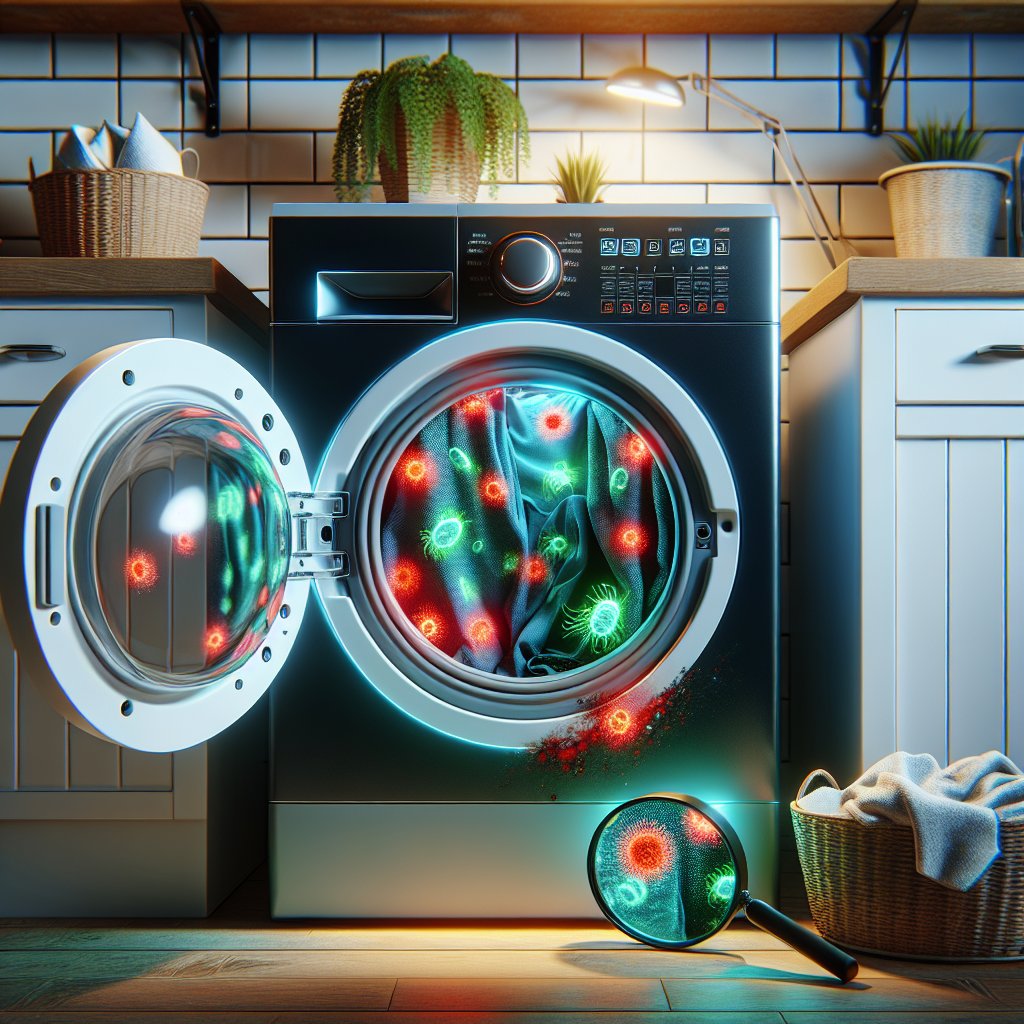Summary
Recent findings suggest that your home washing machine may not be doing enough to protect you from harmful microbes lurking in your laundry. While washing clothes typically removes visible dirt and grime, it may fall short when it comes to eliminating persistent pathogens such as bacteria, viruses, and fungi. In particular, common contaminants like E. coli, norovirus, and Staphylococcus aureus have shown resilience after standard wash cycles—posing a serious hygiene risk to families.
Studies referenced in the article point out that domestic washers rarely reach temperatures high enough to kill pathogens. Even detergent alone may not offer complete protection, especially when energy-efficient cold cycles are used. This is increasingly concerning for households with young children, elderly members, or anyone with a compromised immune system.
Laundry can often become a source of cross-contamination, facilitating the spread of bacteria between garments and surfaces—even after the clothes have been washed. Experts recommend extra steps like adding laundry sanitizers and drying clothes thoroughly with high heat to better safeguard against microscopic threats.
In healthcare environments, industrial-grade washers operate under stringent standards to prevent infections, a practice that is in stark contrast to typical home setups. The public health implications are significant: as home hygiene becomes more critical in a post-pandemic world, rethinking laundry routines is now more than just a cleanliness issue—it’s a preventive health measure.
By becoming more aware of hidden dangers in unclean laundry and embracing simple but effective practices, people can take tangible steps to reduce microbial exposure and enhance household safety.













